Rising adoption of industrial robots in the manufacturing sector to fuel the Industry control and factory automation market
Industrial robots are being used in the manufacturing sector to take on repetitive tasks, streamlining the assembly workflow. These robots are utilized as a part of assembling and manufacturing operations for applications such as material handling, operations processing, and assembly and security. These robots assure the guarantee of speed, effectiveness, and efficiency. In some factories across the globe, robots can be seen collaborating with the human workforce. Over the past 30 years, robot production has increased, and the average robot price has fallen by half. Industrial robots have long been used in various industries, such as automotive, electronics, and healthcare.
Technologies such as artificial intelligence are becoming increasingly prevalent in these automation systems. With artificial intelligence, computer systems can use huge amounts of data to imitate human intelligence and reasoning, allowing the automation systems in manufacturing to learn, predict, and recommend what to do next. It provides solutions that keep operations efficient, safe, and accurate. This increased adoption of industrial robots in the manufacturing sector can position a company's business to stay competitive through years of growth. This rising adoption of industrial robots in the manufacturing sector is fueling the global industrial control and factory automation markets.
February, 2022: Hitachi launched its new TRO600 series wireless routers with 5G capability. These routers help industrial and utility customers achieve high reliability and resiliency in mission-critical operations. They enable a scalable, flexible, and secure, hybrid wireless communication architecture.
May, 2022: OMRON Launches "G9KB" Relay for High Capacity Electricity Storage Systems, Contributing to Realization of a Decarbonized Society with its " Switching Technology"
November 2021: Toshiba Corporation launched the "TLX9188," a high-voltage transistor output automotive photocoupler for isolated signal communication in automotive equipment, including electric mobility cars.
Increasing adoption of industrial automation in different industries to boost the Industry control and factory automation market
Industrial automation has been used increasingly in different industries such as automotive, chemicals, and energy utilities. Control systems are integral to many major industries, including electric power, oil & gas, water & wastewater, manufacturing, agriculture, transportation, and chemical factories. Supervisory control and data acquisition (SCADA), distributed control systems (DCS), programmable logic controllers (PLC), remote terminal units (RTU), intelligent electronic devices (IEDs), and other fields devices are among the control systems included in this system. New technologies are being used in a variety of industries to improve efficiency and convenience for both businesses and consumers.
There is increasing adoption of automation technologies in the pharmaceutical industry to help improve business and manufacturing efficiency and reduce risk by enabling remote access to equipment, proactive maintenance, and reducing and preventing human errors. Pharmaceutical businesses are increasingly collaborating with third-party solution providers to include robots in specialized processes such as medication discovery, production, and anti-counterfeiting. Automated and intelligent robots are also being used in the food & beverage industry to improve supply and demand management. These automation systems are being deployed to track products and goods from inception to fulfillment.
Many robots in manufacturing collaborate with workers to do repetitive, tedious, or sophisticated activities under the worker's supervision and control, similar to these industries. Cameras, sensors, and automatic shut-off capabilities enable robots to sense and stay clear of humans in the workplace. This increased adoption of industrial automation is driving the global industry controls and factory automation market.
September 2021, MITSUBISHI Electric: present the brand-new critical product line earmarked specifically for the North American mission critical market.
June 2021, Schneider Electric: launched an edge software & digital services program to enable its partners to start new revenue streams by remotely monitoring and managing their customers' physical infrastructure.
April 2021, Honeywell Technology: enables large U.S. carbon capture and storage project. The project is expected to be one of the largest carbon sequestration initiatives in the US to date.
April 2021, Honeywell Technology: enables large U.S. carbon capture and storage project. The project is expected to be one of the largest carbon sequestration initiatives in the US to date.
Increasing use of enabling technologies in the manufacturing sector to Drive the Industry control and factory automation market
This technology also helps in boosting security and safety, advancing production execution, supporting inventory management, enhancing equipment efficiency, quality control, and others.
The wireless sensor networks (WSN) are used mostly in industrial applications involving tank inventory monitoring and logistics, equipment preventive maintenance, and real-time truck scheduling and routing. The use of wireless sensor networks (WSN) is increasing due to their low cost and miniature size, and ease of deployment. Ubiquitous computing helps in collecting, processing, and communicating data. Ubiquitous manufacturing is one of the emerging production paradigms towards which manufacturing companies are evolving. The use of these enabling technologies in the manufacturing sector is increasing, which is boosting the industry controls and factory automation market.
January 2022: Schneider Electric: acquires renewable energy platform Zeigo to expand digital procurement capabilities globally. The acquisition will complement Schneider Electric's portfolio of clean energy services and solutions and advance the company's digital energy transformation ambitions.
February 2022: 3D Systems: announced that it has entered into an agreement to acquire Kumovis. Kumovis' solutions are based on their proprietary extrusion technology, which was designed exclusively for precision printing of medical-grade, high-performance polymers like PEEK (polyether ether ketone). These materials are frequently used for human implants and surgical instruments, and when combined with Kumovis 3D printing technology, enable surgeons to provide better, faster, and more cost-effective patient results.
June 2021: GE-Prolec Transformers, Inc.: (collectively, "Prolec GE"), a subsidiary of a 50/50 joint venture between GE and Xignux, a Mexico-based private company, signed a definitive agreement with SPX Corporation to acquire its SPX Transformer Solutions business (SPXT) for $645 million in cash. Prolec GE's position as a significant distribution and power transformer provider and is projected to be strengthened due to the acquisition, giving clients a wider range of products and a stronger next-generation portfolio.
The ongoing evolution of Industry Control and Factory Automation technologies appears to be reshaping manufacturing landscapes, enhancing operational efficiencies and fostering innovation across various sectors.
U.S. Department of Commerce
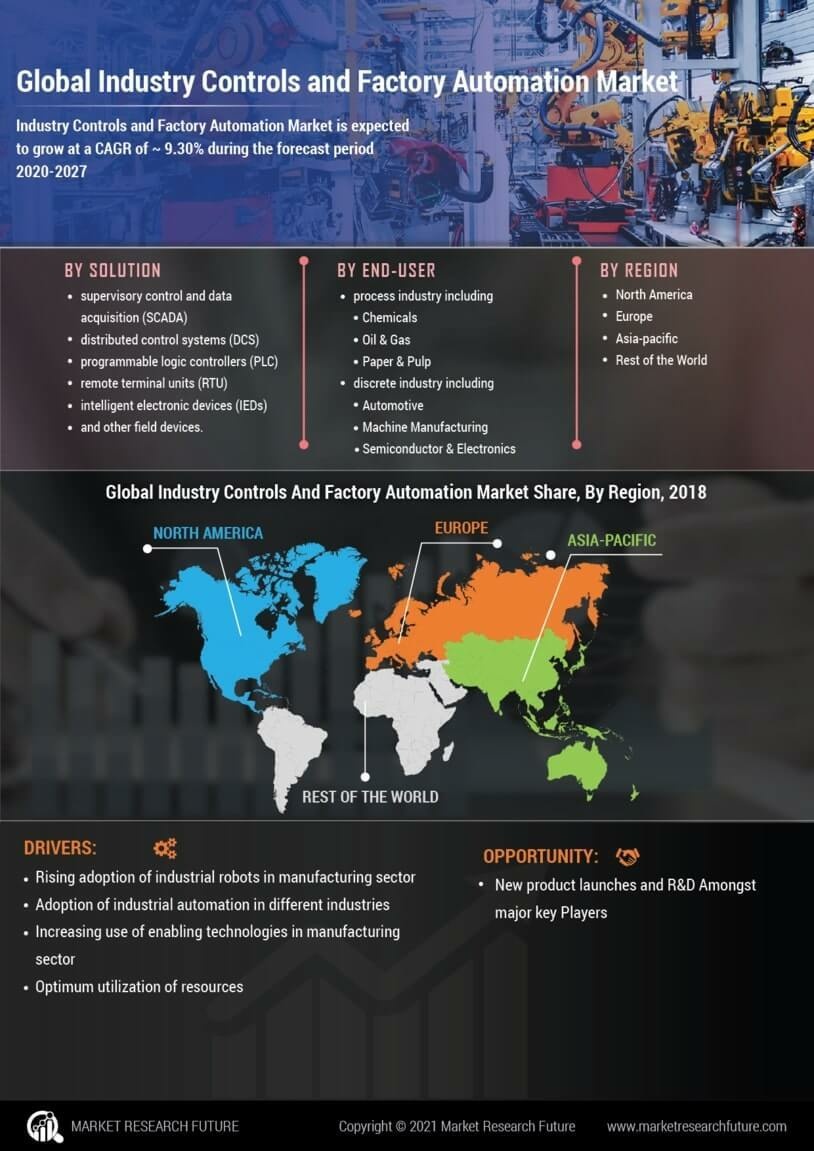
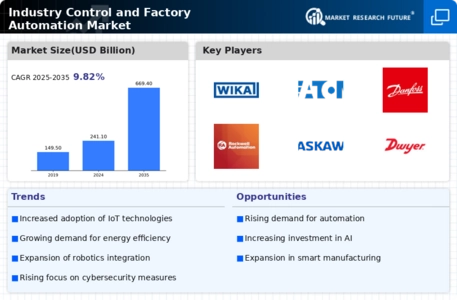
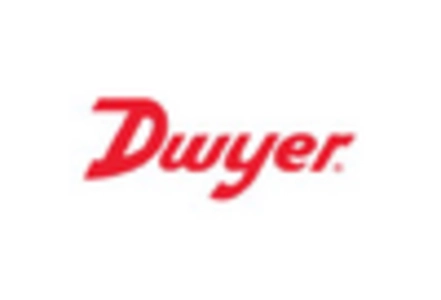
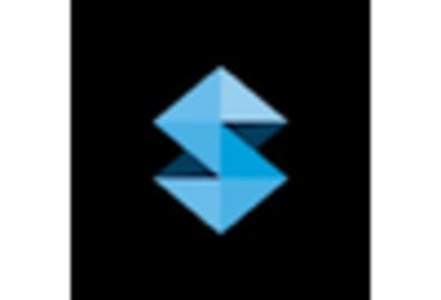


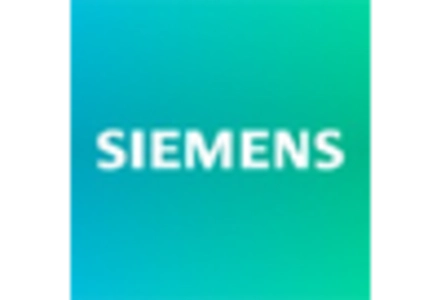
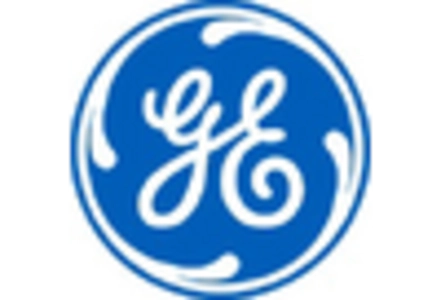
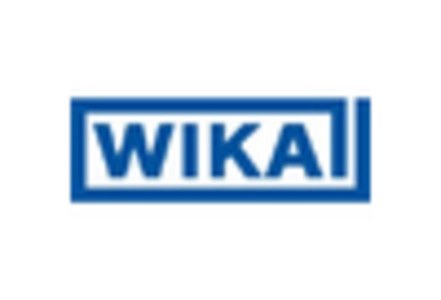
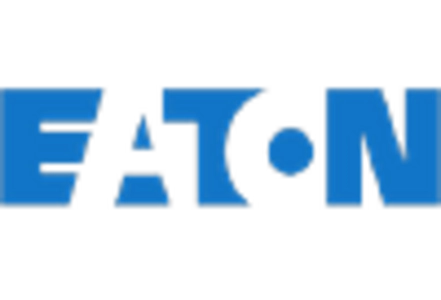
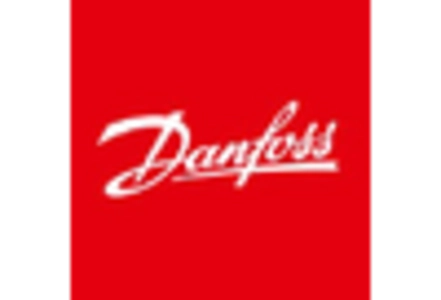
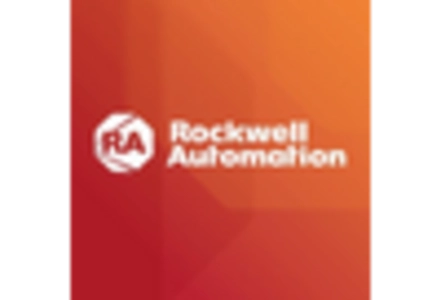
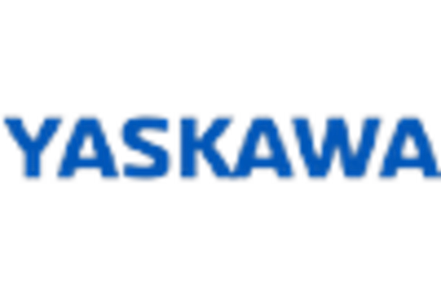








Leave a Comment